What is the Mur de Huy? The leg-busting finale of La Fleche Wallonne
The facts, figures, and history behind the brutally iconic climb
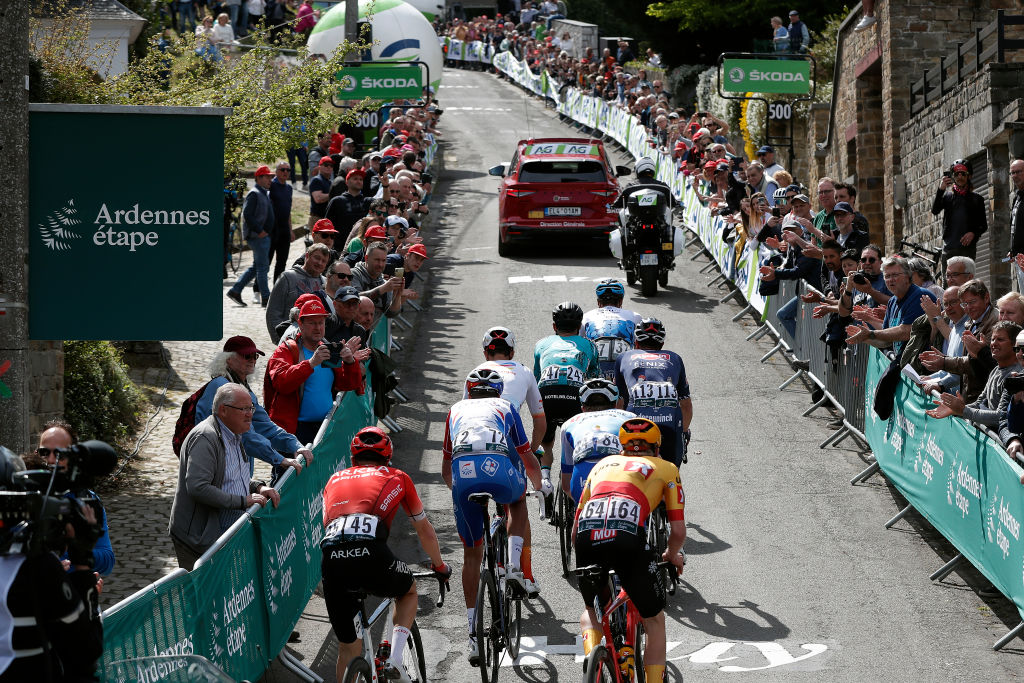
The spring Classics are known for their epic rides, big rivalries, and brutal parcours – each race coming with its own flashpoint, a famed cobbled sector or a punishing climb.
Few of the hills that colour the month-long set of one-day races across northern Europe can match La Flèche Wallonne's decisive challenge though, the Mur de Huy and its double-digit gradients stand clear of the rest.
The race itself may not be the most prestigious of the spring Classics, but the climb at the race's denouement stands as one of the icons of the racing period.
Whether you've raced, ridden, or walked up – or witnessed a peloton of riders powering up it on TV – the 1.3km hill is always one of the season's most memorable ascents.
The Mur de Huy – French for 'wall of Huy', the Walloon town it overlooks, if you were wondering – has marked the finish line of La Flèche Wallonne since 1985, also featuring at the women's race since its inception in 1998.
Before then, a flatter finish in Huy played host to the race, though the Mur was added in 1982 before moving to the finale two years later. Since then, it has proved almost without exception to be the deciding factor in the race, with puncheurs and climbers dominating the results sheet over the past four decades.
The modern method of taking on the race, which sees the peloton largely stick together through the hills until the final ascent, didn't fully take hold until the turn of the Millennium, however, with the 1980s and 1990s featuring plenty of solo wins and large time gaps.
The latest race content, interviews, features, reviews and expert buying guides, direct to your inbox!
In 1986 Laurent Fignon soloed home three minutes ahead of the rest, while 1994 saw Moreno Argentin lead an infamous Gewiss-Ballan podium sweep atop the Mur de Huy with a long-range attack. In 2003, the breakaway even won, with soon-to-be world champion Igor Astarloa taking a surprise win.
The climb now bears witness to a full peloton pounding the tarmac on the way to the top after 200km (130km for the women) of trekking across the hills of Wallonia. It's a highly specialised challenge of positioning, timing, and power sprinting, with a certain profile of puncheur usually experiencing great success.
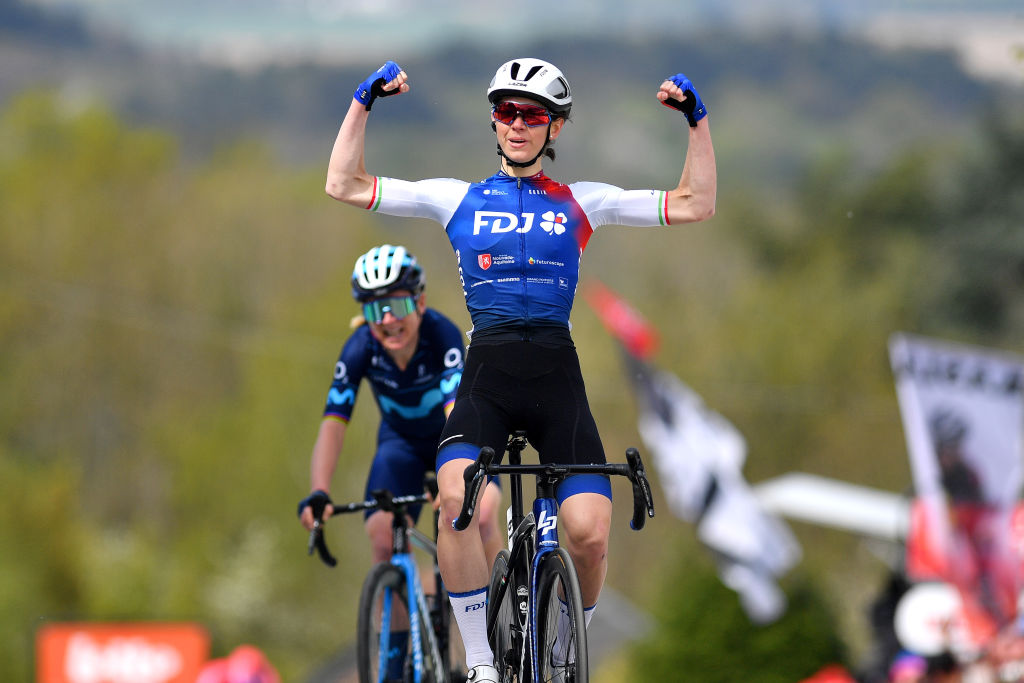
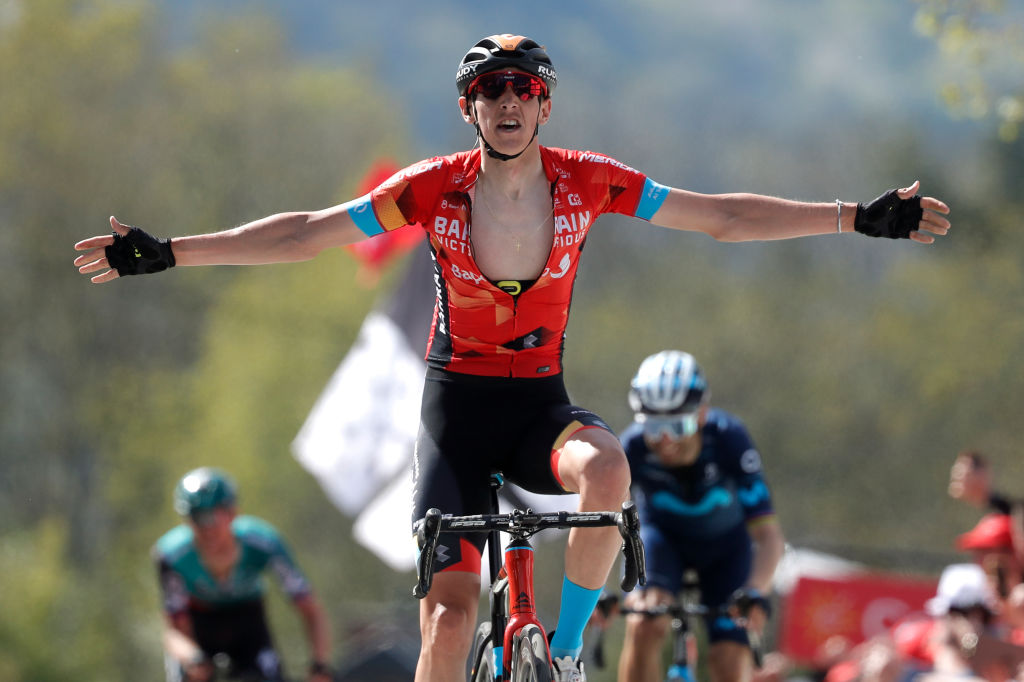
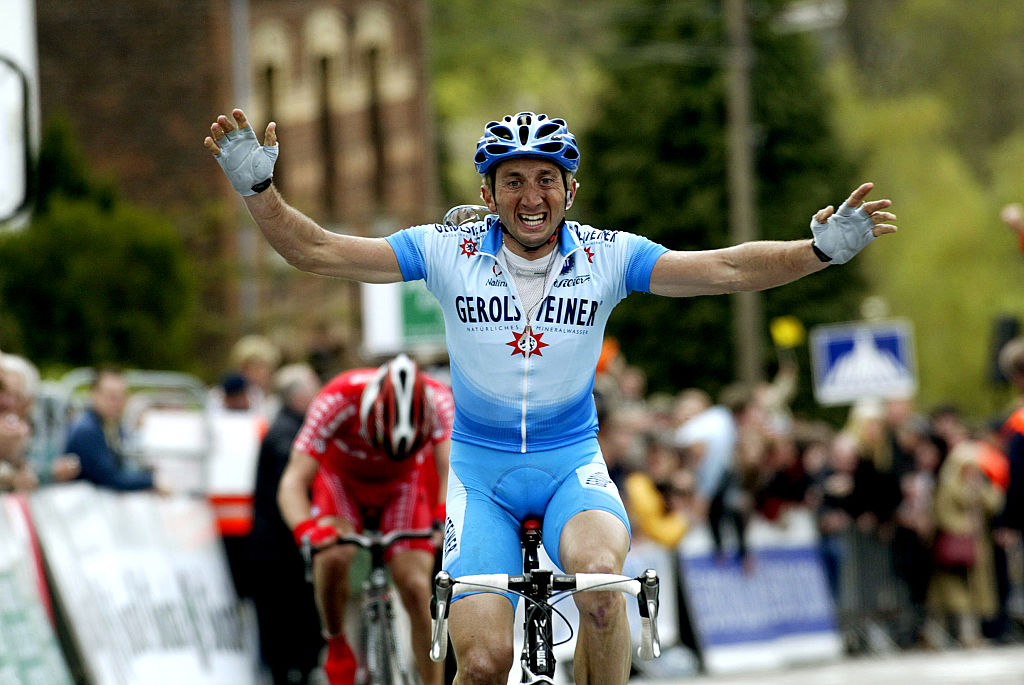
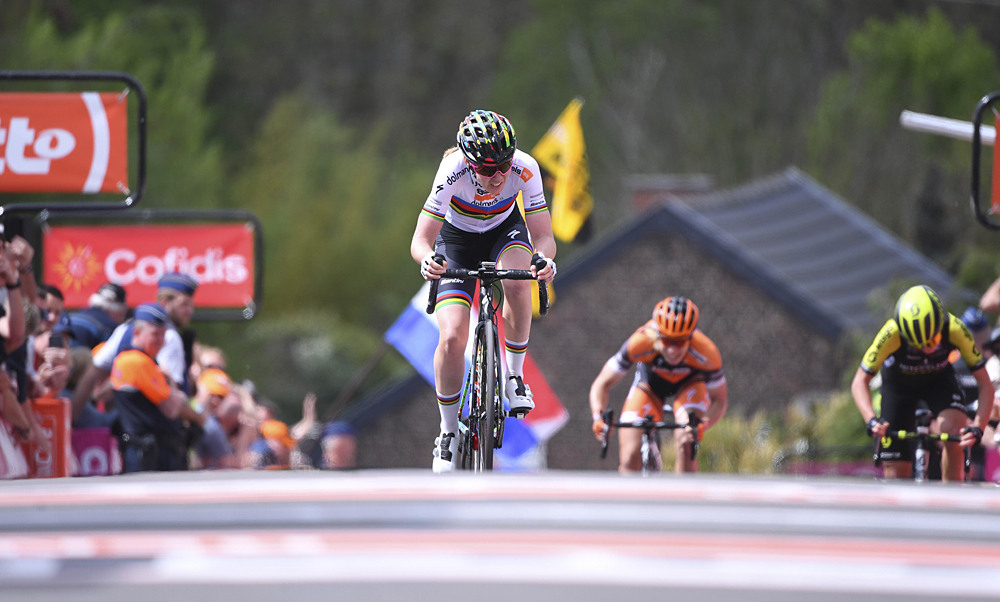
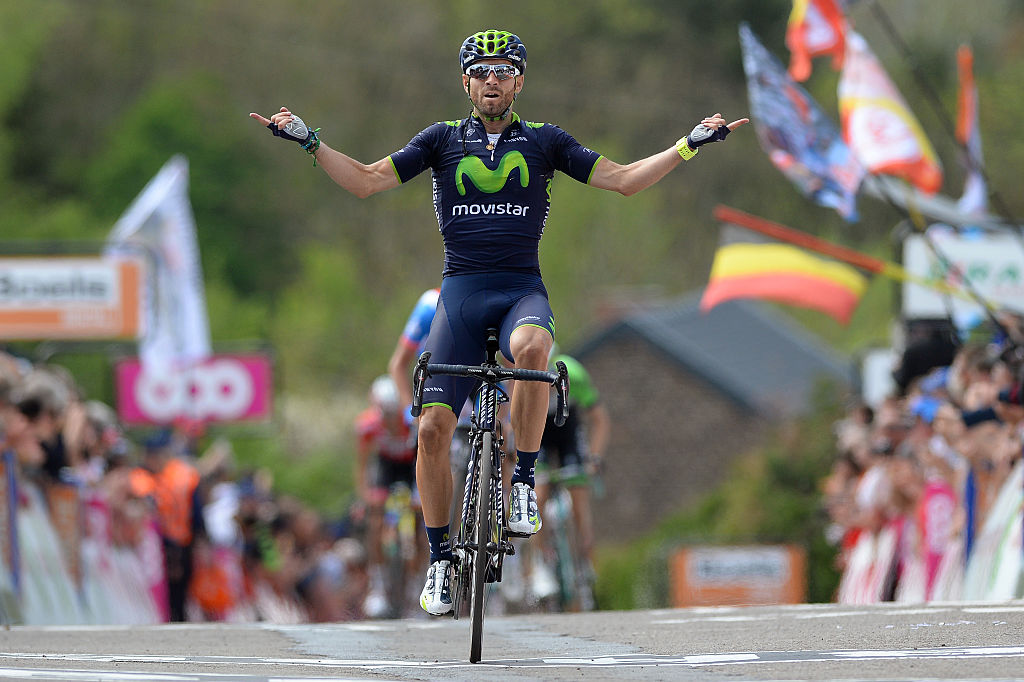
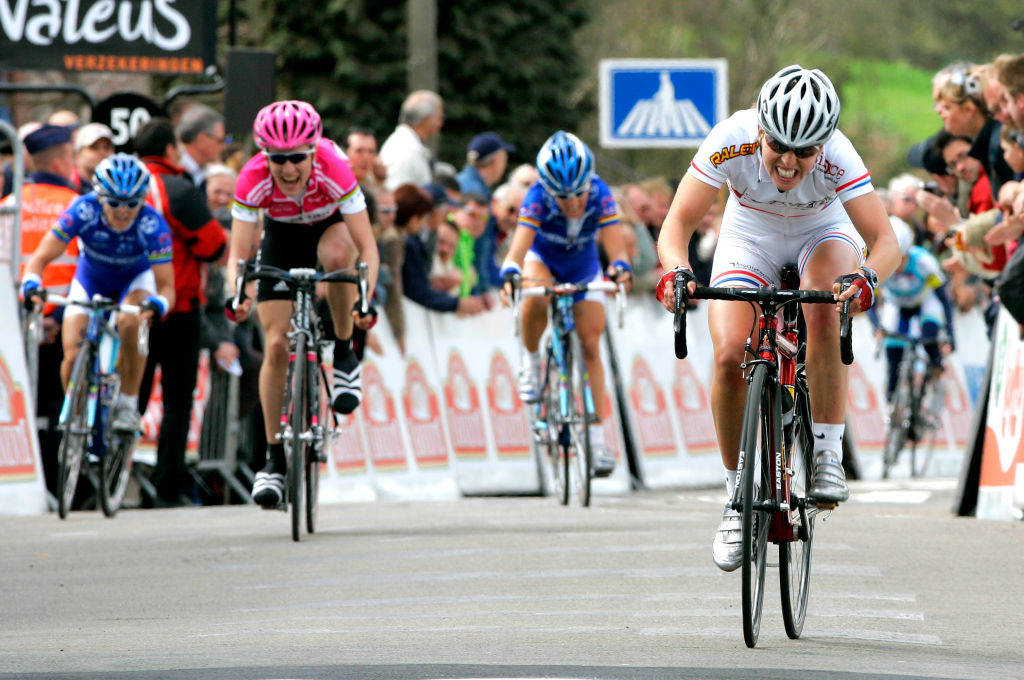
The late Davide Rebellin won the race three times in the 2000s, one forming part of his famous Ardennes triple in 2004. Julian Alaphilippe has also won the race three times in recent years. The undisputed king of the Mur de Huy, however, is Alejandro Valverde, who won the race five times, including a run of four in a row from 2014 to 2017.
In the women's race, Marianne Vos and Anna van der Breggen have proved to be the queens of the Mur. Vos has won there five times while Van der Breggen proved to be invincible on the climb from 2015 to 2021, winning a near-unbelievable seven times in a row.
The climb reaches south out of the town of Huy, half an hour south of Liège, winding through the houses lower down before finishing at the Notre-Dame de la Sarte church at the top. Along the way, riders pass a series of six miniature chapels, which along with the church display a painting portraying the seven sorrows of Mary. After all, the road is named the Chemin des Chapelles (way of the chapels).
Not that the riders would have much time to think about all that on the way up, of course. They're instead contending with an average gradient of 9.6% on the way up. Even that number is deceiving, with the first 500 metres or so run at 5% before the road rears up heading around the twists in the road at around the halfway mark.
The gradient hits its steepest point – around 22% – on the bend before the final curve and push towards the finish, with the mid-part measuring in at 13%. The finale averages 10%, though at that point the legs are already screaming as the best of the best – the likes of Valverde and Alaphilippe – stop biding their time and move to the front as they find an extra gear to go for the line.
It's the final sweeping curve and the final 200-300 metres where the winning moves are made nowadays, the point at which those elite puncheurs winch their way clear and edge away up the road.
In 2022, Dylan Teuns and Marta Cavalli were the strongest on the Mur de Huy, the pair each winning La Flèche Wallonne for the first time. Who will succeed them this spring?
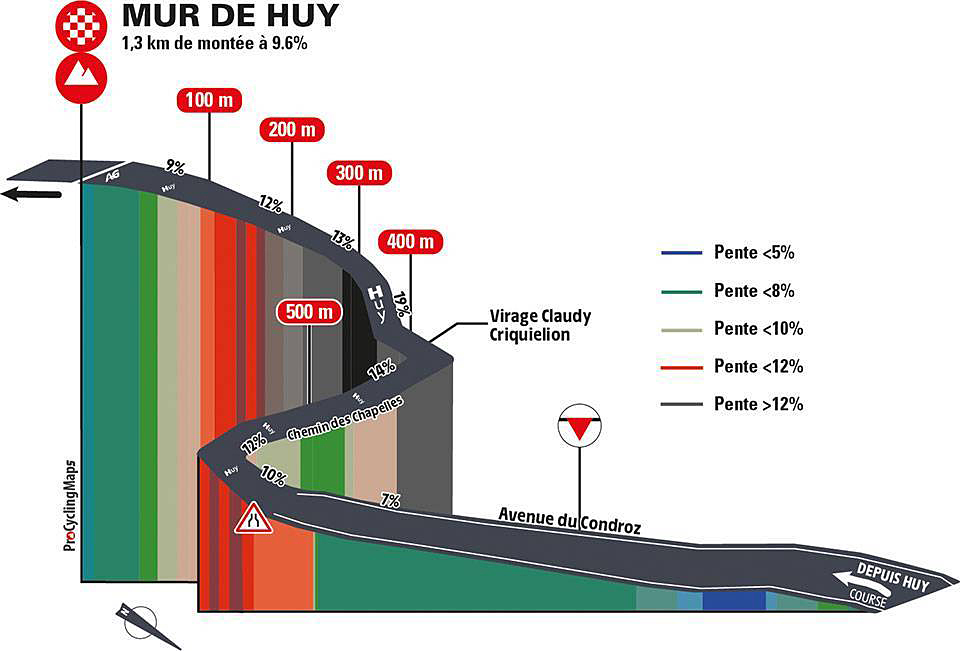

Dani Ostanek is Senior News Writer at Cyclingnews, having joined in 2017 as a freelance contributor, later being hired full-time. Her favourite races include Strade Bianche, the Tour de France Femmes, Paris-Roubaix, and Tro-Bro Léon.